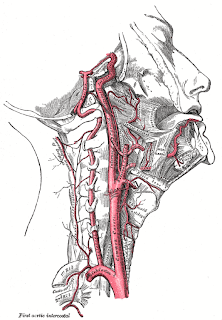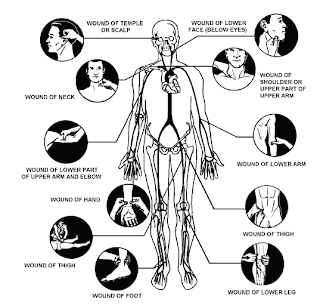Could the “Touch of Death” work in real life?

One martial arts technique has earned the name "Touch of Death" — but is such a maneuver really possible? Here's everything you need to know about dim mak, and what kind damage it can inflict.
"Touch of Death"
The technique called the "Touch of Death" is historically known as dim mak. When translated from Chinese, dim mak implies a strike that applies pressure to an artery. Practitioners claim the strike could have a delayed effect, causing sudden death to an individual months later — and conspiracy theorists have linked the delayed effects of a dim mak strike to the death of Bruce Lee.
This technique does have a historical basis, as a crippling single hit strike is mentioned in the Bushibi, a classic martial arts text. The exact details, point of contact of the strike, and expected results, however, are shrouded in secrecy.
The term "Death Touch" rose in popularity thanks to the marketing of Count Dante and the Black Dragon Society. Count Dante deemed himself the deadliest man alive, but he's best known for a series of full page advertisements touting a fighting handbook in Marvel comic books during the 1960s and 1970s.
A medically possible death touch?
The "Death Touch" could be tied the a medical complication known as commotio cordis. Commotio cordis is sudden death caused by a blow to the chest that disrupts the rhythm of the heart. The heart itself is not damaged, but the electrical stimulation behind the beating of the heart is interrupted. Electrical disruption must take place within a very short 10-30 millisecond window between heart beats in order to cause death.

There are over 125 recorded cases of commotio cordis, including several teenage hockey players who died when errant pucks collided with their chest.
Some alleged masters of the "Death Touch" could simply know that a strike to the chest could result in commotio cordis and kill an individual. This scenario wouldn't allow for the strike to have a delayed effect, however.
One form of A dim mak strike could stem from its literal translation. Prolonged compression of the common carotid artery will decrease blood flow to the brain and result in unconsciousness. The carotid artery lies along the side of the neck, so it's easy to reach.
Sustained pressure would be necessary, with unconsciousness (and likely brain damage) occurring in a matter of seconds. Manipulation of the common carotid artery, however, would also rule out the idea of having a delayed effect — unless you damage the common carotid artery, leading to long-term blood clotting problems.
Shrouded in mystery
The techniques associated with dim mak are shrouded with mystery, so it's hard to be sure if they're for real. While a strike resulting in commotio cordis or arterial compression could emulate results of the "Death Touch," its mysterious nature and lack of detail surrounding the technique make it difficult to confirm if either one of them has anything in common with a dim mak strike.
And it's hard to imagine a way you could inflict a blow that causes no apparent harm at the time of impact, but then kills later on. You'd have to imagine there'd be symptoms in the meantime. And if you're really keen on a delayed death, then you could always use more efficient and subtle means, such as poisoning.

Could it work?
The validity of a fatal strike is intimately connected to complications at the point of contact. Sure, if you claim to practice the "Death Touch" and run around striking people in the chest repeatedly, odds are that one of your hundreds of victims will suffer the effects of commotio cordis and die. The result stems from random chance, however, not a special skill.
There is precedent for charging an individual with manslaughter if a sporting strike leads to the death of an opponent via commotio cordis, so punch people in the chest with caution.
The most likely use of this technique is in an extended grab or in a UFC-esque grapple situation. Applying arterial pressure in the vein of dim mak could work and render your opponent unconscious. This is sort of like Spock's Vulcan nerve pinch (or the Ionian nerve grip if your prefer Red Dwarf ), but slower and deadlier, as prolonged occlusion of the common carotid artery can lead to a stroke.




No comments:
Post a Comment